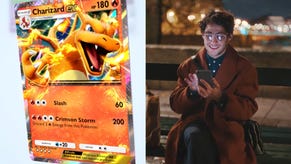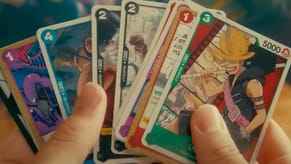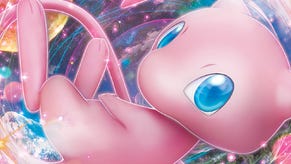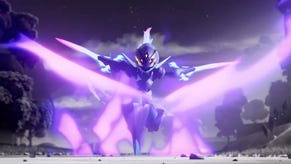Unreleased Pokémon cards, once believed destroyed, resurface after more than a decade
Seven cards were created as promos for cancelled 2011 tournament.
A set of seven Pokémon cards that were never publicly released have reappeared, over a decade after they were thought to have been destroyed.
The seven Japanese-language cards were created as promos for the Japanese Representation Qualifiers due to be held in Japan during 2011 in the lead-up to the TCG’s World Championships. The devastating Great Sendai earthquake and resulting tsunami that occurred on March 11th that year, killing approximately 20,000 people, led to the cancellation of the event.
The promo cards for the Pokémon TCG’s Black & White set include two Pokémon - Druddigon and Emolga - and a Trainer card, Pokémon Catcher, which were intended to be prizes for those players who qualified for the World Championships. (Thanks, Dexerto.) Four promo energy cards - Grass, Water, Psychic and Metal - would have been given to the winners of separate side events held during the qualifiers. All of the cards are stamped with the logo for the 2011 World Championships to indicate their promo nature.
The cancellation of the event meant that the cards never saw the light of day, even being believed to have been destroyed entirely according to card grading specialist CGC Cards, which recently revealed the existence of a set of the seven cards.
“Most of these cards were thought to be destroyed, so the fact that a set revealed itself in this high of [a] condition is unheard of,” said CGC’s Kevin Murphy.
The discovery of the cards 12 years later is said to mark the first time the cards have ever been seen in public. Impressively, given their rarity and the time between, most of the cards have also been graded at a perfect ‘Pristine 10’ condition, with the Water energy card graded at a Mint 9. CGC vice president Matt Quinn described the cards as “pieces of Pokémon TCG history”.
There’s no word on the future for the cards - whether they’re destined for the auction block or simply their current owner’s collection. If they do surface for sale in the future, they’ll have a way to go to equal the $5 million paid for a Pikachu Illustrator, the most expensive Pokémon card of all time.








